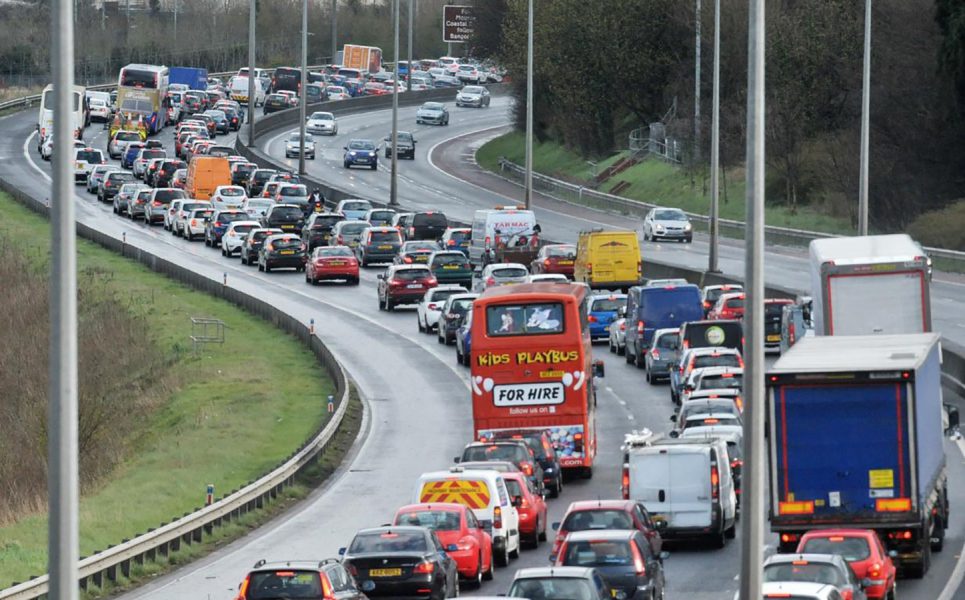According to GPS technology firm, TOM TOM, as of January 2021 Belfast is the UK’s fifth most congested city. It was sixth the year before. According to statistics it is the 12th largest city in the UK by way of area and 10th largest by way of population. So why the congestion problems? Simply put, Northern Ireland as a whole ‘is highly car dependent with over 70% of all journeys made by car. 1 Other statistics stand out from this report below:
- Ultra low emission vehicles make up less than 1% of licensed vehicles in Northern Ireland,
- Compared to the 70% of Journeys made by car, only 26% are made by public transport, cycling or walking,
- 40% of Northern Irelands working population lives with 5km of work and of those, commuters; 70% drive, 23% walk or cycle and 7% use public transport,
- 87% of all journeys one mile or over are made by car, and finally;
- Transport emissions are the largest contributor to UK greenhouse gas emissions (GHG), contributing 28% of total GHG emissions in 2018. Within transport, road transport is the largest emitter of GHG with cars the largest contributor in this subsector.
We have congestion problems, linked to the number of vehicles on our roads. We have global climate issues linked in part to the number and type of vehicles on our roads. We also have a looming health crisis, linked to the number of vehicles on our roads. ‘Physical inactivity costs the UK an estimated £7.4bn a year when the impact on the NHS, social care, sickness absence from work and other factors are taken into account’ Scarborough P et al (2011) The economic burden of ill health due to diet, physical inactivity, smoking, alcohol and obesity in the UK: an update to 2006–07 NHS costs. Journal of Public Health, 33(4) 527- 535.
What Next?
Translink is Northern ireland’s public transport operator and recently they have been making changes. The Belfast Rapid transport (Glider) service was launched in its first stages within the last 5 years and has contributed to adding more than 2 million passenger journeys along the same operational corridors compared to just previous bus journeys. This has resulted in an estimated fewer 1.67 million car journeys along these corridors. On a wider level, translink took delivery and put into service the first batch of zero emission vehicles with the aim of 100 in total being on the road within the following months and more to come in the following years. The fuel cell vehicles will run on hydrogen which is produced locally from windfarms and the vehicles are refuelled from a purpose built depot (built by energia in partnership with translink). The aim is to have a zero emission public transport fleet across northern Ireland by 2040.
What part could cycling play in the future? According to the cycling in Northern Ireland report conducted by Department for Infrastructure in 2019/20, of a total of 2692 adults asked 67% when asked to describe their attitude toward cycling responded with ‘no way, no how’. Most people will cite northern Ireland as not having a cycling culture like the Netherlands for example, without realising the Netherlands did not really have one until the 1970’s either with higher ownership of personal vehicles per head of population than the UK until that point. These changes came about as a result of a long public road safety campaign and focus from government on providing infrastructure. With so many feeling cycling is unsafe we will are unlikely to see large increases in numbers cycling in Northern Ireland until there is a shift in focus from government policy on providing more space for cars to providing a properly segregated cycling infrastructure.
1: Decarbonising transport in Northern Ireland, Des McKibbin, Northern Ireland Assembly Research and Information Service.


